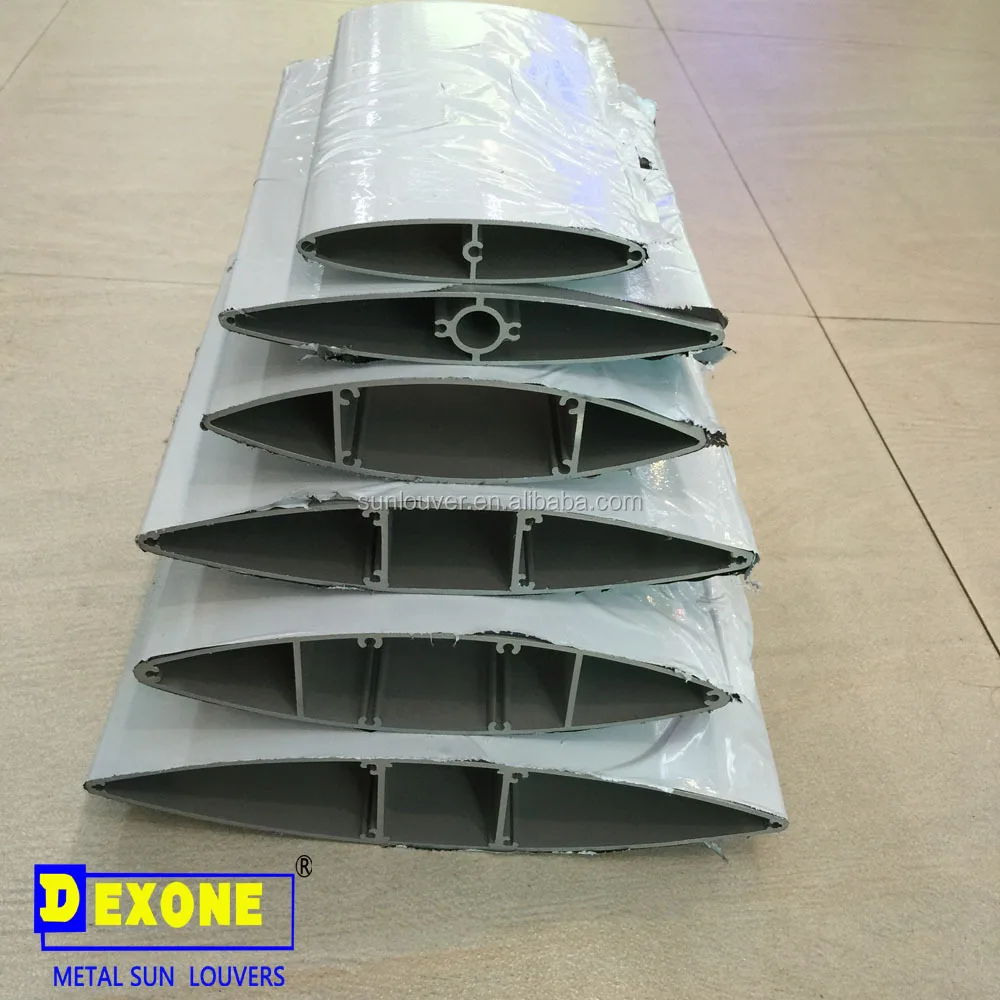
The function of a vane’s airfoil (turbine or compressor) is to redirect the flow of the gas at the perfect angle to interact with the next blade. Therefore, the compressor works with a reserved principle. In the case of a compressor blade the forced rotation of the rotor (via an engine) leads to air being sucked in and compressed by the airfoils of multiple stages. In the case of a turbine blade its function is to convert the energy of the bypassing gas into a rotation of the rotor. The A irfoil is the part that interacts with the gas or steam or fluid passing by. When stabilizing and leakage are not a factor in the performance above features are not necessary. While with low-pressure turbines with lower temperatures the blades tend to be exceptionally long and made from less heat resistant materials like common stainless turbine steel. But with their high mechanical loads high mass of blades at high turning speeds lead to high centrifugal forces and mechanical loads, which leads to more complex roots that is imperative for safety reasons. It also needs heat-resistant materials like nickel-based alloys. For example, with high-pressure turbines, the blades tend to be smaller, due to an environment of high heat and pressure. High, intermediate, or low-pressure applications determine the blade size and material choice. Other factors like blade elongation (due to heat), hot temperatures, erosion, corrosion, and oxidation will determine the design too.įirst, everything is designed to make sure that the product is in spec but manufactured in the most cost-effective way with minimal waste and maximum performance. The root, shroud and airfoil design depend on the environmental conditions the blade will need to perform in. The load that the blade would endure determines the design too. *Static loads in the form of centrifugal forces as well as torque and bending forces (in the form of air resistance) as well as dynamic loads of the moving blades.

The shape of the blade is determined by the *thermal and mechanical boundary conditions which can vary a lot depending on the environment it functions and the application. The shape and construction of the root, shroud and airfoil of the blade are determined by its application (steam turbines, gas turbines, compressor), but in essence they all function the same. Here we will be looking at the blade/vane that is fitted to the wheel or rotor and how it is assembled.


 0 kommentar(er)
0 kommentar(er)
